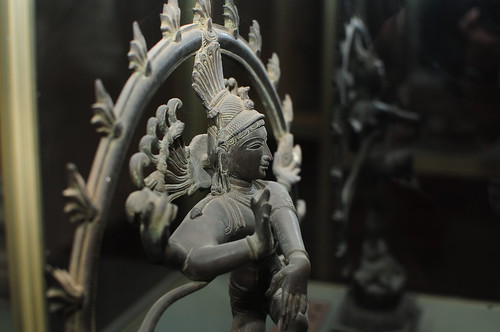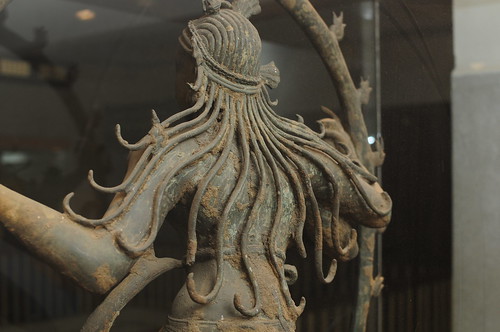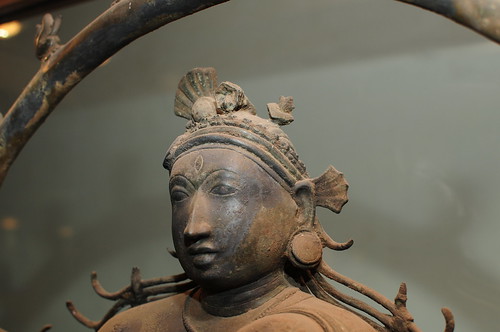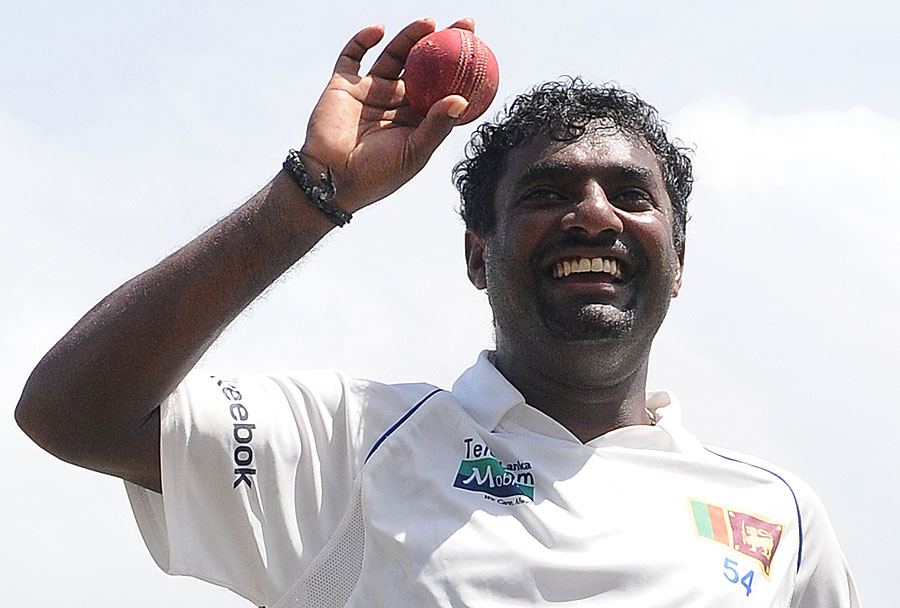“I authorise and give up my right of governing myself to this man, or to this assembly of men, on this condition; that thou give up, thy right to him, and authorise all his actions in like manner…” And he that carryeth this person is called sovereign, and said to have sovereign power; and every one besides, his subject. – Thomas Hobbes, The Leviathan
If you happened to be in the vicinity of Ault Hucknall, England earlier today and felt the Earth move slightly, there is no cause for alarm; it was just Hobbes shifting in his grave. I’ll leave it to the theorists to figure out in which direction.
The Sri Lankan Parliament passed the 18th Amendment to the country’s Constitution, essentially codifying absolute power in the Executive. What else do you call it when term limits are removed and the election commission’s appointment is moved to the executive branch? Right. It swings the balance just a nooooooodge in favor of the incumbent (not that the election commission seems to have much by way of teeth anyway).
In addition to facing no term limits, the President now gets to appoint (after considering the “observations” of the Prime Minister, the Speaker, and opposition leaders):
The Election Commission
The Public Service Commission
The National Police Commission
The Human Rights Commission
The Permanent Commission to Investigate Allegations of Bribery and Corruption
The Finance Commission
The Delimitation Commission (draws electoral district boundaries)
The Chief Justice and the Judges of the Supreme Court
The President and Judges of the Court of Appeal
The Members of the Judicial Serviec Commission, other than the Chairman
The Attorney-General
The Auditor-General
The Parliamentary Commissioner for Administration (Ombudsman)
The Secretary-General of Parliament
Continue reading →






